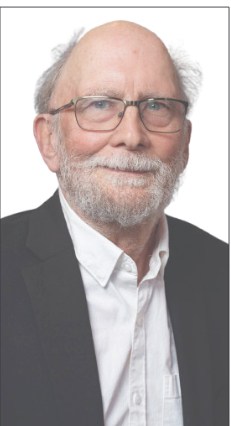Government spends millions on curtailing media access
by Josh Lewis
https://www.peicanada.com/eastern_graphic/government-spends-millions-on-curtailing-media-access/article_3ce4c519-afdb-4498-a85e-7715ab167397.html
The number of communications officers working in provincial government has grown significantly in the past five years, from 14 in 2020-21 to 23 this year.
Communications workers are tasked with fielding media requests for various departments, adding an extra layer between reporters and government ministers in the search for information to inform the public.
That represents a 64 per cent increase, and when other related positions are included, such as communications managers, public engagement officers and people involved in creating content for the government website, the number of communications-related positions has gone from 29 to 39 since 2020-21.
Longtime former CBC reporter Ian Petrie, who retired just as the practice of government communications was becoming more widespread, says it is a concerning trend.
“Information flow is not in the favour of journalists at the moment. I think the public isn’t well-served by that,” he said. “I’m sure they start out (wanting) to be as fair and reasonable as they can be, but it’s still a veil you have to lift in order to get the information you’re looking for.”
The lack of direct access can make it not only more challenging to report the full breadth of an issue, but depending on how forthcoming the communications officer is, it can be difficult to confirm whether the media outlet’s information is accurate.
In Petrie’s day, he could speak to deputy ministers directly to get context for a story. He is now a columnist for the Island Farmer.
“Because of social media, I can see the need to limit the exposure of what people might say, or respond quickly to what’s on social media,” he said. “But I do find it discouraging.”
Growth in government communications comes as the media industry faces financial pressures that has resulted in hundreds of journalism jobs being lost across the country, including many on PEI.
“I was very fortunate to be a reporter at the time I was, and there were resources to help us do it properly. I like asking the questions myself, not through somebody else.”
The evolution of PEI’s Freedom of Information and Protection of Privacy Act, which was first brought in under the Binns government, also stymies attempts to inform the public, Petrie said.
“It has turned into a very frustrating situation where reporters are looking for information quickly and are told it might take two or three months and cost $400 to get it.”
PEI government communications employees are paid two or three times more than reporters, and have received pay increases of 21.7 per cent since 2020-21.
The salary range for a senior communications officer has gone from $62,225 to $77,727 that year to between $79,502 and $99,372 today.
In total, using the midpoints of those ranges, taxpayers pay those 23 officers just over $2 million, a figure that rises to $3.25 million when all communications-related positions are included.
